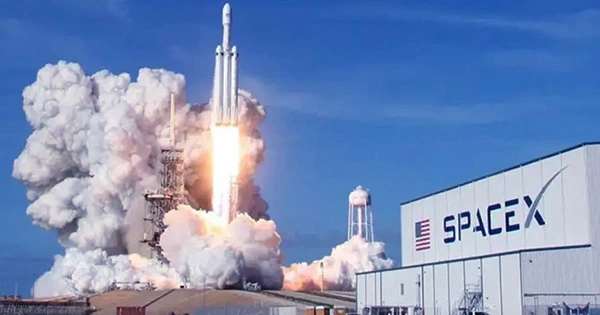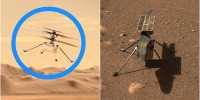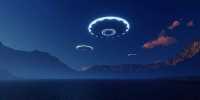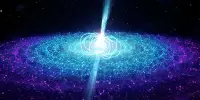From the Vandenburg Space Force Base in California, SpaceX launched a secret US National Reconnaissance Office surveillance satellite payload into space on April 17. A request from the NRO prevented SpaceX from broadcasting the cargo and upper stage during the rocket launch, and the broadcast was cut short to avoid the revelation of secret information. As fascinating as that is, the rocket’s accomplishment is probably more remarkable. The launch is Falcon 9’s 14th this year and 148th overall, including past contracts with the NRO; nevertheless, this is the first time the NRO has reused a Falcon 9 rocket.
After the rocket separated from the cargo, it returned and landed upright on its own for the 114th time, marking the first time a SpaceX booster was recovered in this fashion. The NRO’s second launch this year, after the rocket booster launched NROL-87, is the covert surveillance satellite NROL-85, according to the NRO.
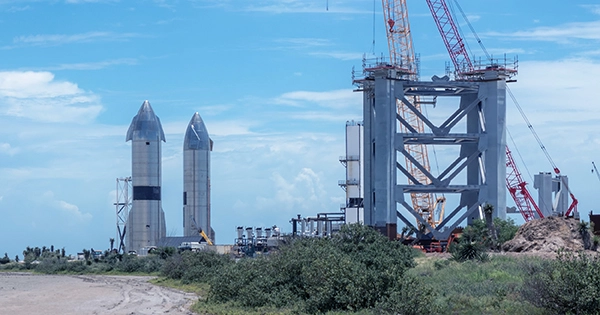
The NROL-85 satellite was classified as an “important national security payload” by the agency. After deorbiting over the Pacific and burning up in Earth’s atmosphere, the rocket’s unreusable upper stage was captured forming a mystery “flying whirlpool” above the skies of Hawai’i a few hours after launch when it carried out a fuel vent.
A weird “flying whirlpool” zooming across the night sky was photographed by the Subaru Telescope in Hawai’i over the weekend. Anyone gazing up would have been quite interested about the reason before shrugging and moving on because it’s 2022, and no one would be astonished if aliens made contact this year. The luminous night spiral was spotted hours after SpaceX’s Falcon 9 rocket launched a classified US surveillance satellite. It’s assumed the top stage of the rocket was deorbited over the Pacific Ocean before burning up in Earth’s atmosphere, causing the luminous night spiral.
A rocket has three stages: booster the first stage, often known as a booster, is the engine that fires initially, generating the initial thrust that propels the entire system skyward. The second, or upper stage, engine fires next, propelling the rocket’s cargo further than the booster alone can, allowing the payload to continue on its path. The third component is the cargo, which might be a satellite, a human-carrying spaceship, or pretty much anything else being launched into space. On Sunday, April 17, SpaceX launched a classified payload for the US National Reconnaissance Office (NRO) from the Vandenberg Space Force Base in California. A few hours later, the “night spiral,” as Spaceweather.com termed it, was discovered.
Now that SpaceX has mastered reusable rockets, the Falcon 9’s first stage is meant to return to Earth, landing safely on a drone ship in the Pacific, as shown in this video. In reality, this was SpaceX’s 114th successful first-stage rocket recovery. The top stage of the Falcon 9 is not reusable, thus it is deorbited – one final engine push to pull it out of Earth’s orbit – so it may fall back to Earth naturally and burn up in the atmosphere when its mission is over. There is one more fuel burn vent before it accomplishes that to get rid of any unused fuel.
